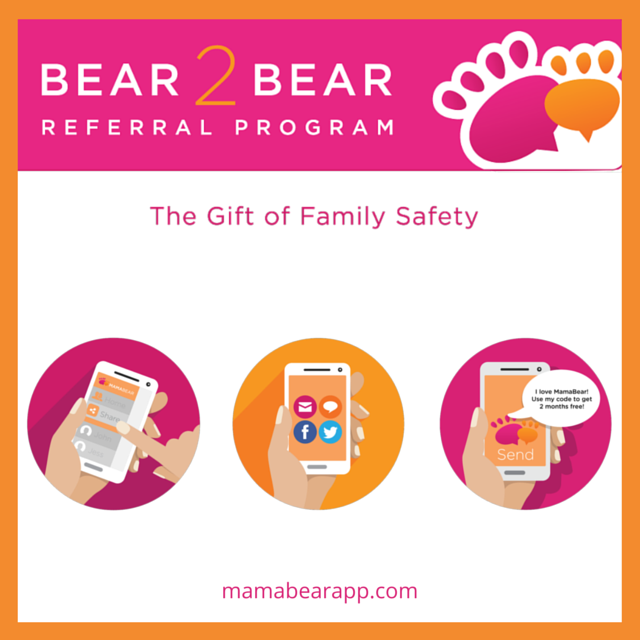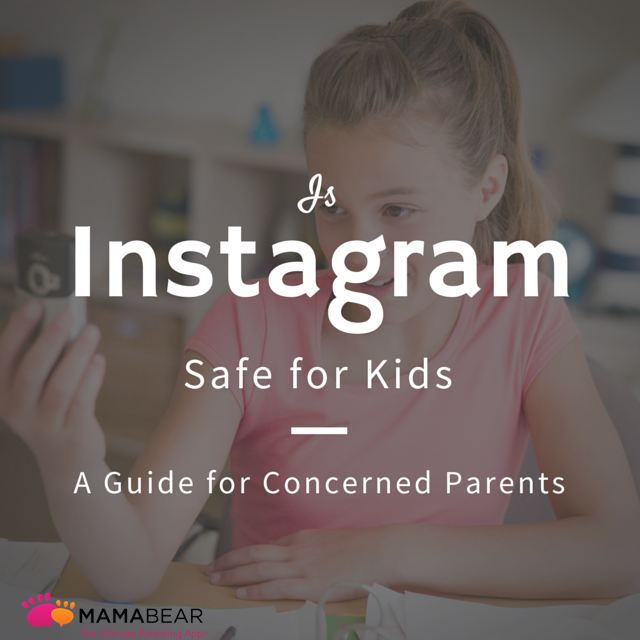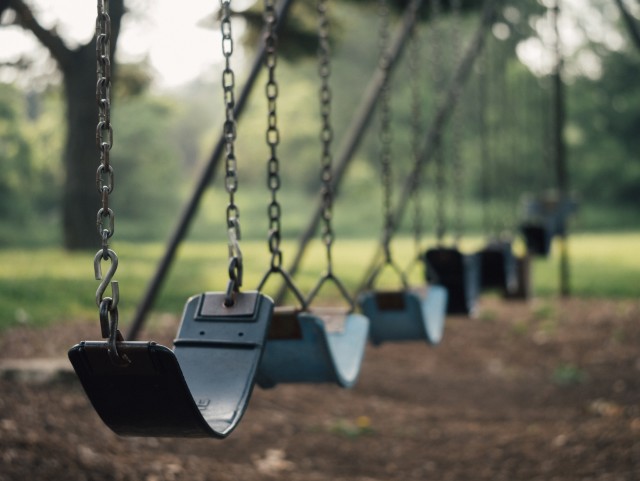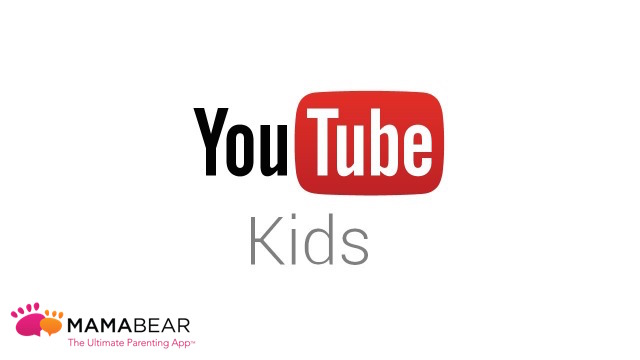The one word that probably comes to mind for a teen thinking about summer is… freedom.
Summer is the time when strict school schedules fade away, the days get longer, and the sense of liberty feels the largest.
While it is a great feeling for teens, it can be nerve-wracking feeling for parents — and for good reason.
The FBI’s National Crime Information Center, also called NCIC reports that there were over 460,000 missing children reported in 2014, and some officials worry that the number of missing teens can rise during the summer months.

Scheduling Problems
During the school year, teens are wrapped up in a tight, consistent schedule for most of their days and weeks. Parents can use a school schedule to know when and where their children should be.
But in the summer, teens — especially teens that may have their own vehicles or modes of transportation — aren’t as easy to keep track of. When a teen has an inconsistent schedule, it can be difficult for parents to track their whereabouts at all time.
Sneaking Out
You may think you know where your teen is at all times. But are you really sure they are in their room watching TV or sleeping?
In the summer, sneaking out into the warm night to hook up with friends can be exciting for teens so parents need to be extra vigilant about securing their house to know if their child slips out during the night.
Running Away
Parents also need to be extra aware of their teen’s whereabouts if they are going through a tough time. Teens are more likely to run away when experiencing a stressful situation.
According to EmpoweringParents.com, teens are more likely to run away if there is a dispute with their parents, fear of punishment for doing something wrong, or substance abuse problem.
Call Authorities Right Away If Your Teen Is Missing
If you can’t locate your teen, you do not need to wait 24 hours to contact local authorities.
In an interview with the KTAR New in Phoenix, Glendale Police Sgt. Jay O’Neill advised, “There’s a myth that there has to be a waiting period, 24 hours, or whatever it is. There’s no waiting period. We take missing children and other people that are at risk very seriously and so we would encourage people to immediately local law enforcement.”
Stop Your Teen From Being a Statistic
Communicate: Communication is key. Always talk to your teen before they leave the house. Find out where they are going, who they will be with, and what time they will be home.
Give Them Options: Teens are more likely to run away from home after a fight with their parents. If you and your child are having a rough time getting along, consider letting them stay at the house of a close relative, such as a grandparent. That way, the teen won’t feel like they need to run away to get space.
Keep an Eye on Their Social Media: Parents can learn a lot about their teens by checking in on their social media accounts. Use social media to monitor your teen’s plans and online friends. Pay close attention to any conversations about making plans to meet in person — especially if it is a stranger.
To extend the lines of communication between you and your child, you can use MamaBear, the app for Peace of Mind Parenting™. The free app, available for iPhones and Androids, gives parents tools to monitor the location of their child using GPS and sync up with their social media accounts.
With MamaBear, you and your teen can get back to enjoying a safe and free summer!





